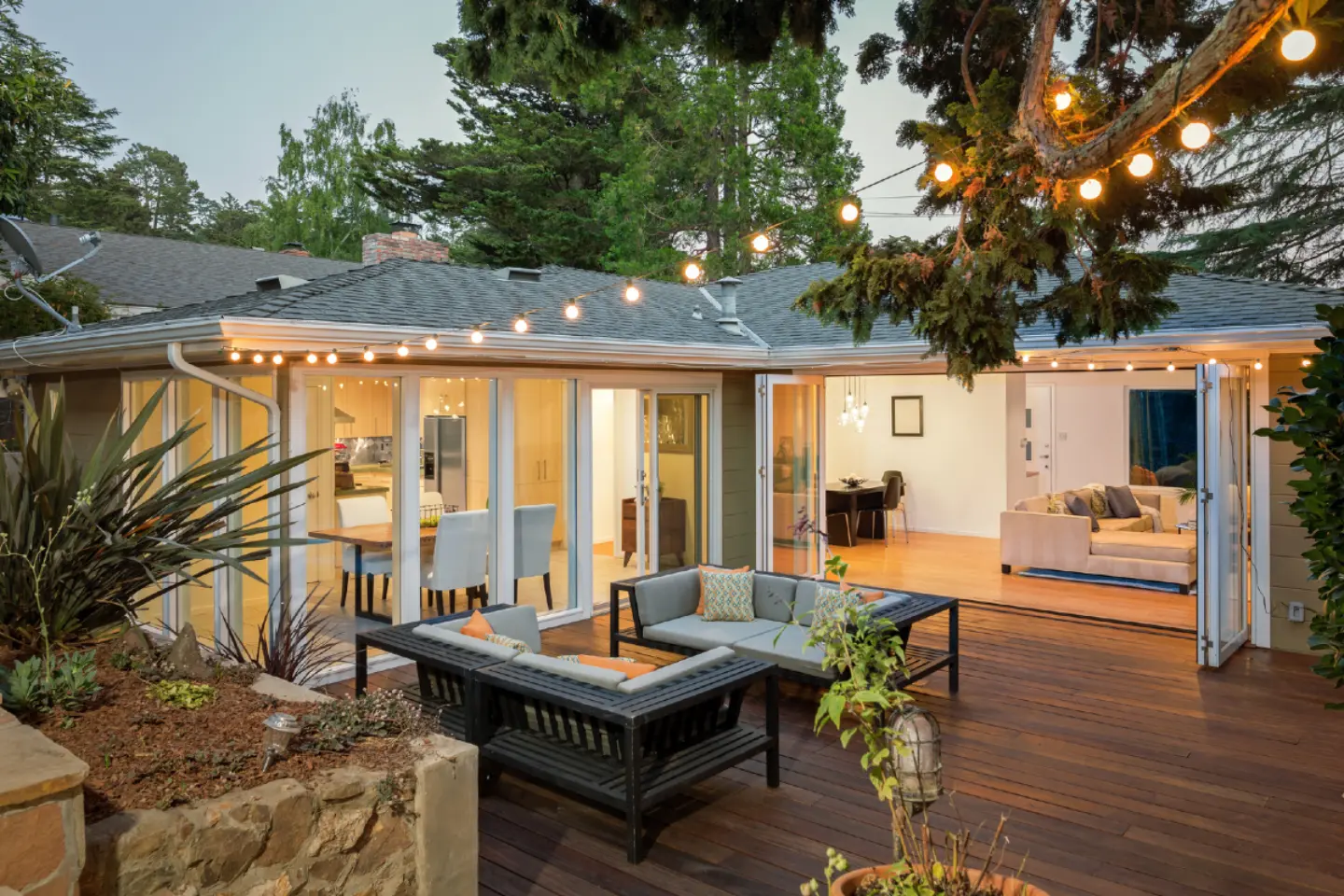In the throes of sweltering heat, coming home to a cool oasis is not just a comfort but a relief. With climate change nudging temperatures higher, homeowners are increasingly seeking out savvy ways to maintain a cool and comfortable abode without relying solely on energy-intensive air conditioning systems. Let's delve into some effective strategies that can help keep your home cool, cut down on your energy bills, and make your living space more eco-friendly—all year round.

One fundamental step is to manage the natural light and heat that enters your home. During the warmer months, direct sunlight streaming through the windows can significantly increase indoor temperatures. Utilizing reflective window films, energy-efficient window treatments or installing double glazing can massively reduce this solar gain. Moreover, strategically placing blinds or heavy curtains and using them to block out sun during the hottest parts of the day can help maintain cooler interior temperatures.
Ventilation is key when discussing heat regulation. Consider installing window vents that allow for a cross breeze, especially during cooler evening hours. This process, known as night-time purging, invites cooler air in and pushes out the hot air that has accumulated during the day. This is not only effective in bringing temperatures down but also improves the air quality inside your home.
Another method that is often overlooked is the use of dehumidifiers. In many areas, heat comes hand-in-hand with humidity, which can make temperatures feel even warmer. A dehumidifier reduces moisture in the air, thereby making your indoor environment more comfortable. Moreover, since dry air feels cooler, you can often set your thermostat a couple of degrees higher, resulting in energy savings.
Taking a long view, planting trees can provide a natural, cost-effective way to shade your home and cool the surrounding air. If you’re plotting a landscape redesign, consider deciduous trees, which will block sunlight in the summer but allow it through in the winter once they’ve shed their leaves. Additionally, the installation of a green roof or vertical gardens can also provide insulation and reduce heat absorption.
A well-insulated home is not just a boon during the frigid winters; it also keeps your house cool during the summer. Check that your roof, walls, and especially your attic are properly insulated. This will help prevent heat from penetrating the upper levels of your home. Insulation materials such as stone wool or fibreglass are highly effective, while spray foam can be used for tighter spaces.
Opt for energy-efficient appliances throughout your home, and be mindful of where they're placed. Large appliances such as refrigerators and washing machines generate substantial heat when in use. Positioning these away from your living areas can help minimise their impact on your comfort levels. Furthermore, switch off and unplug devices when they’re not being used, as they can contribute to the ambient temperature inside.
Fans are a great supplement to air conditioning systems and can make a room feel several degrees cooler. Ceiling fans should be set to rotate counter-clockwise in summer to push cool air down. Portable and standing fans can also be strategically placed to maximise air circulation within rooms. Remember, fans cool people, not rooms, so turn them off when you leave to save energy.
When it comes to sleeping comfortably on hot nights, a few tricks can make all the difference. Using breathable, natural-fibre bedding is recommended, and chilling a pillowcase in the freezer before bedtime can provide a brief respite from the heat. Furthermore, memory foam mattresses and pillows can trap heat; consider switching to more breathable materials for your summer sleeping arrangements.
Implementing energy-efficient cooking habits is another practical approach to keep your home cool. Microwave ovens, slow cookers, and outdoor grills can prevent the heat and humidity that come with using the oven or stove. On particularly warm days, preparing cold meals can be both refreshing and an excuse to get creative in the kitchen.
Lastly, pay attention to the colour schemes of your home. Lighter colours reflect sunlight and reduce heat absorption, whereas darker shades tend to do the opposite. Repainting your walls in a pale shade or installing a lighter roof can contribute to lower indoor temperatures, which can then be complemented with decor choices that enhance the sense of airy coolness within your home.
Effectively keeping your home cool throughout the year is not just about personal comfort; it's also about embracing efficiency and sustainable living practices. These methods, ranging from simple daily habits to longer-term investments, reinforce that staying cool can be achieved through smart planning and a little innovation. With the above tips, creating a fresher, more pleasant living space is well within reach, ensuring you can enjoy a cool sanctuary, whatever the weather outside.
